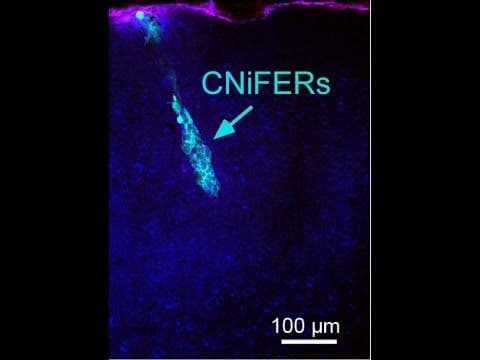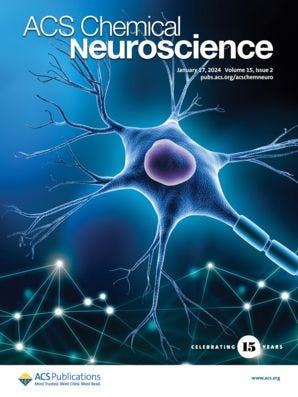More than a hundred years ago, Ivan Pavlov conducted what would become one of the most famous and influential psychology studies —he conditioned dogs to salivate at the ringing of a bell. Now, scientists are able to see in real time what happens in the brains of live animals during this classic experiment with a […]

More than a hundred years ago, Ivan Pavlov conducted what would become one of the most famous and influential psychology studies —he conditioned dogs to salivate at the ringing of a bell. Now, scientists are able to see in real time what happens in the brains of live animals during this classic experiment with a new technique. Ultimately, the approach could lead to a greater understanding of how we learn, and develop and break addictions.
Researchers conditioned mice by playing a tone and then, after a short delay, rewarding them with sugar. After several days, the researchers could play the tone, and the mice would start licking in anticipation of the sugar. By observing data from cell-based neurotransmitters implanted in the mice, researchers could measure the timing of dopamine surges during the learning process, observing how dopamine surges initially occurred after the reward was received, but eventually occurred after the tone was played but before the reward was presented.
Watch Paul A. Slesinger of the Icahn School of Medicine at Mount Sinai and ACS Chemical Neuroscience Associate Editor Anne Andrews, of the University of California at Los Angeles, explain these findings during their presentation at the 252nd ACS National Meeting and Exposition in Philadelphia.
Learn more about research from Anne Andrews and Paul A. Slesinger.
Watch more great videos from ACS.

